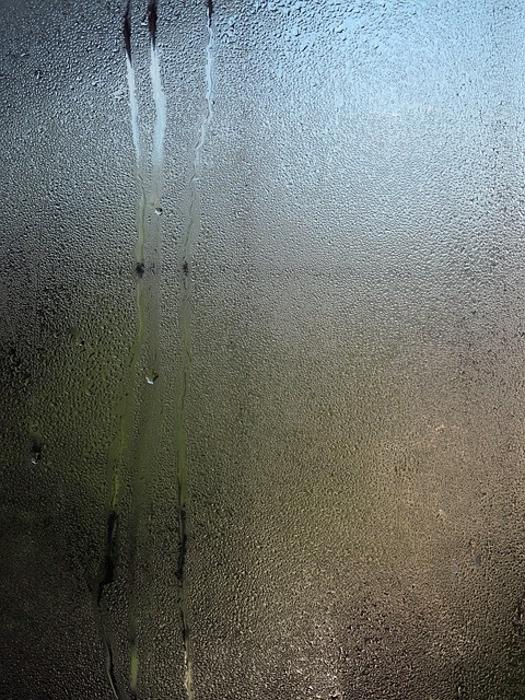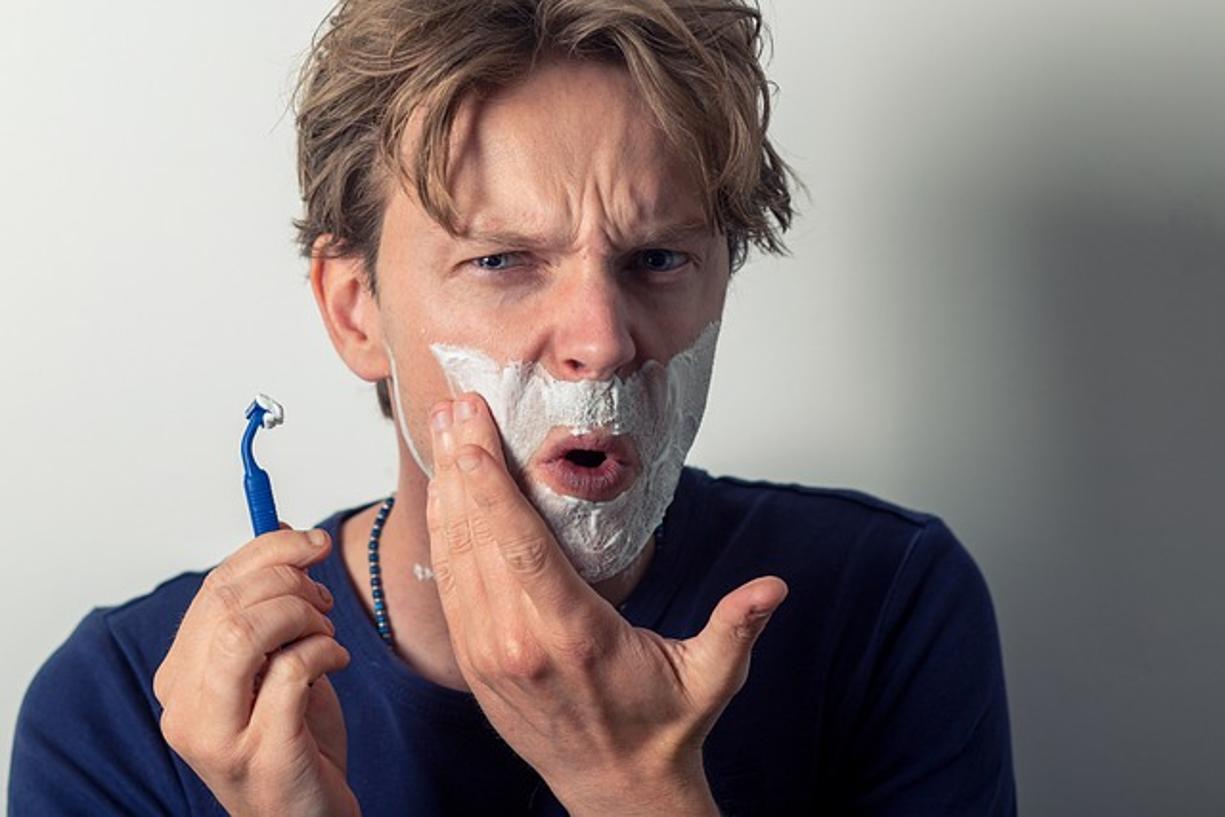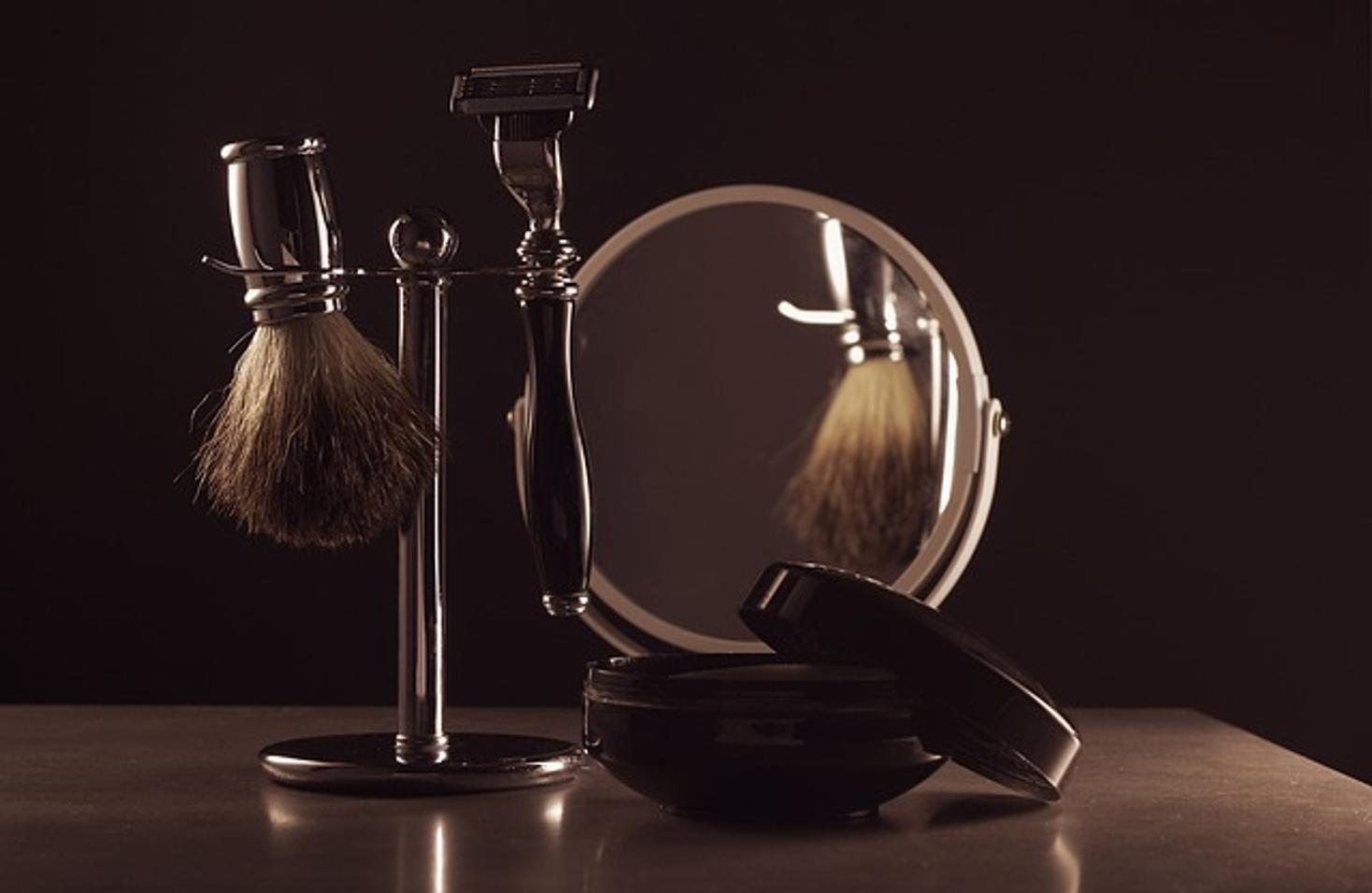Shaving armpits is a common practice for many people, primarily for aesthetic reasons. But beyond appearance, a frequently asked question is whether shaving your armpits can significantly reduce sweat. This blog aims to uncover the truth behind this belief, shedding light on the scientific facts, potential benefits, and practical tips for those considering this grooming routine. By the end of this comprehensive guide, you’ll understand all aspects involved in shaving your armpits and its effect on reducing sweat.
Sweating is a natural physiological process regulated by the eccrine and apocrine sweat glands. The eccrine glands are distributed across most of the body and primarily manage the body’s temperature. The apocrine glands, on the other hand, are concentrated in areas like the armpits, groin, and around the nipples. These glands become active during puberty and release sweat in response to emotional stress and hormonal fluctuations.
When you sweat, the fluid itself is generally odorless. However, bacteria on the skin’s surface break down sweat into acids, resulting in body odor. Hence, sweating plays a significant role not just in keeping your body cool but also in your overall hygiene.
The amount and smell of sweat can be influenced by various factors, including diet, physical activity, stress levels, and genetic disposition. Understanding these elements is crucial before we delve into how shaving might affect sweating.
Armpit hair has its own functional role in the body. It can help reduce friction between the upper arm and the torso, which can be beneficial for people engaging in constant physical activity. Armpit hair also helps to wick moisture away from the skin, carrying sweat away from the body to help it evaporate.
When it comes to odor, armpit hair can trap bacteria and sweat, creating the perfect environment for bacteria to break down the sweat into acids, hence producing a stronger odor. Therefore, the presence of armpit hair can somewhat amplify the smell of body odor, depending on individual hygiene practices.
Now that we have a clearer understanding of sweating and the role armpit hair plays, let’s get to the burning question: Does shaving your armpits reduce sweat?
The short answer is no—shaving your armpits does not reduce the amount of sweat produced by your body. Sweating is governed by the sweat glands, and removing hair does not alter gland activity. What shaving can do, though, is make it easier for sweat to evaporate and reduce the buildup of bacteria, which can make you feel less sweaty.
Perceived Reduction in Sweat:
People often feel like they sweat less after shaving because the absence of hair makes the armpits feel less moist. Hair traps sweat, prolonging its presence on the skin. Without hair, sweat evaporates quicker, leading to the perception of reduced sweating.

Reduced Odor:
While shaving won’t cut down on sweating, it can help manage body odor. Hair holds onto sweat, which bacteria then break down, giving rise to stronger odors. By removing hair, you minimize the medium that supports bacterial growth.
Several benefits come with shaving your armpits, apart from the perceived reduction in sweat:
- Improved Hygiene: Shaving can make it easier to maintain clean armpits, effectively reducing odor.
- Enhanced Comfort: Without hair, the underarm skin can feel smoother, reducing friction and irritation.
- Better Application of Antiperspirants and Deodorants: The application of skin products becomes more effective when there’s no hair barrier.
- Aesthetic Appeal: Many prefer the look and feel of shaved armpits, considering it more aesthetically pleasing.
While shaving has its perks, it’s important to consider the potential downsides and risks involved:
- Skin Irritation: Shaving can lead to razor burn, nicks, and cuts, especially if done hastily or without proper equipment.
- Infections: Small cuts can become entry points for bacteria, leading to infections or boils.
- Ingrown Hairs: Hair that grows back can become trapped under the skin, causing painful, swollen bumps.
- Frequent Maintenance: People need to shave frequently to maintain smooth skin, which can be a time-consuming process.
Understanding these drawbacks is essential for making an informed decision about shaving your armpits. There are also alternative hair removal methods to consider.
Different hair removal techniques offer varied outcomes.
Shaving vs. Epilators
Epilators remove hair from the root, offering longer-lasting results compared to shaving. This can be beneficial for people preferring less frequent maintenance. However, the process can be more painful and can sometimes lead to ingrown hairs as well.

Shaving vs. Waxing
Waxing also removes hair from the root and keeps the skin smooth for a longer period. It can be less practical for immediate needs since it requires hair to grow out to a certain length before the next session. Waxing can be more painful and is often done at a salon, making it less convenient than shaving.

Shaving vs. Laser Hair Removal
Laser hair removal offers long-term results by damaging hair follicles, reducing future growth. It’s more expensive initially but can be cost-effective over time. The procedure must be performed by a certified professional and often requires multiple sessions. It can be more compatible with certain skin and hair types and may not be suitable for everyone.
If you decide to shave your armpits, follow these practical steps for an effective and safe experience:
- Use a Clean, Sharp Razor: A good razor minimizes irritation and prevents cuts.
- Prep the Skin: Wash your armpits with warm water and mild soap to soften the hair and open up pores.
- Use Shaving Cream or Gel: This reduces friction and provides a smoother shave.
- Shave in the Direction of Hair Growth: This minimizes the risk of ingrown hairs and irritation.
- Rinse and Moisturize: After shaving, rinse your underarms with cool water and apply a gentle, fragrance-free moisturizer to soothe the skin.
- Regularly Replace Razors: Dull blades can cause more nicks and irritation. Replace razors regularly to maintain a smooth shave.
By adhering to these tips, you can ensure a more pleasant and effective shaving experience, minimizing the risk of complications.
Shaving your armpits does not reduce the amount of sweat your body produces, as sweating is a function of the sweat glands. However, shaving can help in reducing odor through more effective evaporation of sweat and minimizing bacterial growth. This grooming habit has its benefits, such as improved hygiene and aesthetic appeal, but it also comes with drawbacks like skin irritation and maintenance requirements.
Ultimately, the decision to shave your armpits should be based on personal preferences and comfort. Exploring other hair removal methods might also offer solutions better suited to your lifestyle and needs.
Frequently Asked Questions
Does shaving armpits reduce sweat and odor?
Shaving does not reduce sweat production but can assist in reducing odor by preventing the buildup of sweat and bacteria.
How often should you shave your armpits?
The frequency of shaving varies from person to person, typically ranging from every few days to once a week, depending on hair growth and personal preference.
What is the best method for reducing armpit sweat?
Using an antiperspirant that’s designed to block sweat glands is the most effective way to reduce armpit sweat. For long-lasting results, consider treatments like Botox injections, which can inhibit sweat production.
